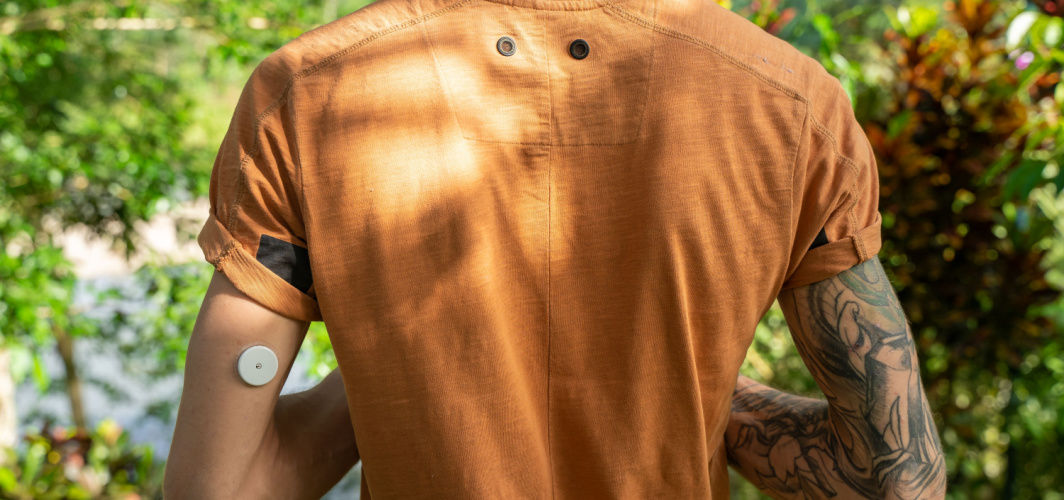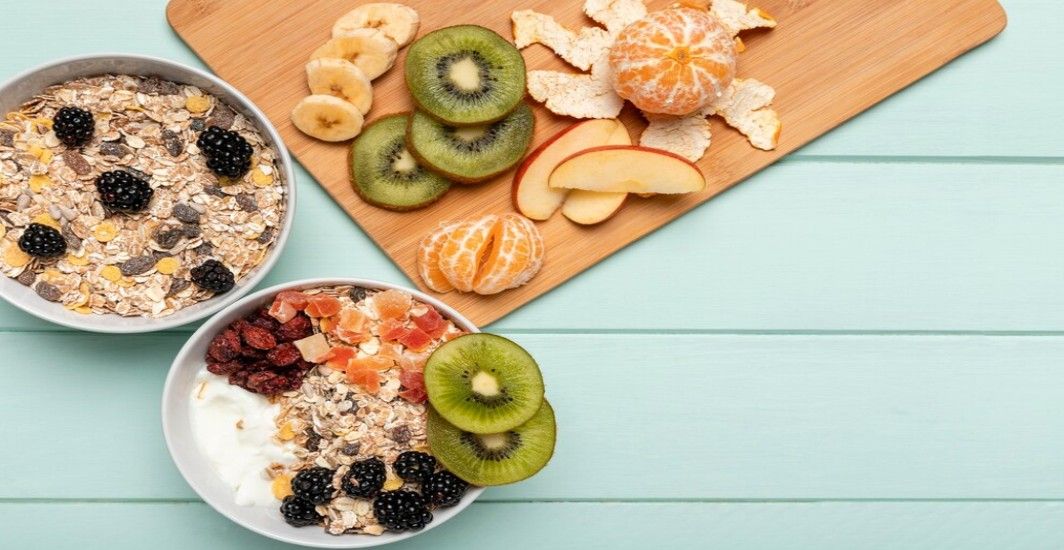Diabetes Management
Can Piercings and Tattoos Affect Blood Sugar Levels?
2 min read
By Apollo 24|7, Published on - 29 October 2023
Share this article
0
0 like

Tattoos and piercings are often perceived as a way of expression and people enjoy adorning themselves with them. While the processes of getting pierced are generally safe, individuals with diabetes may wonder if it could impact their blood sugar levels. In this article, we'll explore the relationship between piercings, tattoos, and blood sugar control.
Impact of piercings or tattoos on blood sugar levels
Getting a piercing involves creating an opening in the skin for inserting jewellery while the ink is injected into the skin with needles for carving a tattoo. Both these processes do not impact blood sugar levels directly. However, you must consider some indirect factors such as stress that could be caused during the process and maintaining proper hygiene for better healing.
For individuals with diabetes, it is also advisable to refrain from getting the tattoo or piercing done in areas like buttocks, feet, ankles and shins with poor blood circulation, as these areas have longer healing periods which can increase the chances of infections.
It's also recommended to avoid getting tattoos or piercings in places where you typically inject insulin, such as your arms, stomach, and thighs. Avoiding these areas allows for better visibility, making it easier to detect any signs of infection.
Piercings, tattoos, and diabetes management
If you have diabetes and are planning to get a piercing or tattoo, it's essential to follow these guidelines:
- Consult your healthcare provider: Discuss your plans with your healthcare provider. They can offer advice based on your diabetes and procedure needs.
- Choose reputable professionals: Ensure that your piercing or tattoo is done by a licensed, professional artist who adheres to strict hygiene and safety protocols to minimise the risk of contracting infections and other illnesses.
- Manage stress: Practice stress-reduction techniques to keep stress levels under control during the process, as pain or stress can increase your blood sugar levels.
- Proper healing: Monitor the healing of the piercing or tattoo, and consult a healthcare provider if you notice signs of infection or other issues.
- Monitor Blood Sugars: Closely monitor your blood sugar levels as usual to ensure the best conditions for healing and overall diabetes management.
Conclusion
Both piercings and tattoos themselves are unlikely to directly affect blood sugar levels. However, stress, complications, or infections related to the piercing or tattoo process could potentially impact blood sugars.
Diabetes Management
Consult Top Diabetologists
View AllLeave Comment
Recommended for you

Diabetes Management
Diabetic Neuropathy: Why the Burning Sensation in Your Feet Should Not be Ignored?
Diabetic neuropathy refers to nerve damage caused by diabetes, often leading to a burning sensation in the feet. Ignoring this symptom can be dangerous as it indicates nerve damage progression. Diabetic neuropathy can cause loss of sensation, ulcers, infections, and foot complications. Seeking medical attention is crucial to prevent further complications.
.jpg?tr=q-80)
Diabetes Management
Creating Diabetes-friendly Salads: A Recipe Guide
Creating diabetes-friendly salads can be simple and delicious. Opt for nutrient-dense greens, colorfulcolourful non-starchy vegetables, low-glycemic fruits, high-protein toppings, and healthy fats. Enjoy a variety of flavorsflavours with our diabetes-friendly salad recipes. To manage diabetes more effectively, consider joining the Apollo Super 6 program for personalized support.

Diabetes Management
Smart Snacking Strategies for Energy and Prediabetes Management
In the fight against prediabetes, every bite matters. By choosing healthy Indian snacks, you can maintain your blood sugar levels while enjoying the taste. Dairy products, whole grains, fruits, makhanas, chaats, and oats are just some of the smart food choices that provide sustained energy and keep you satisfied throughout the day.
Subscribe
Sign up for our free Health Library Daily Newsletter
Get doctor-approved health tips, news, and more.
Visual Stories

8 Fruits That are Incredibly Healthy for Diabetes
Tap to continue exploring
Recommended for you

Diabetes Management
Diabetic Neuropathy: Why the Burning Sensation in Your Feet Should Not be Ignored?
Diabetic neuropathy refers to nerve damage caused by diabetes, often leading to a burning sensation in the feet. Ignoring this symptom can be dangerous as it indicates nerve damage progression. Diabetic neuropathy can cause loss of sensation, ulcers, infections, and foot complications. Seeking medical attention is crucial to prevent further complications.
.jpg?tr=q-80)
Diabetes Management
Creating Diabetes-friendly Salads: A Recipe Guide
Creating diabetes-friendly salads can be simple and delicious. Opt for nutrient-dense greens, colorfulcolourful non-starchy vegetables, low-glycemic fruits, high-protein toppings, and healthy fats. Enjoy a variety of flavorsflavours with our diabetes-friendly salad recipes. To manage diabetes more effectively, consider joining the Apollo Super 6 program for personalized support.

Diabetes Management
Smart Snacking Strategies for Energy and Prediabetes Management
In the fight against prediabetes, every bite matters. By choosing healthy Indian snacks, you can maintain your blood sugar levels while enjoying the taste. Dairy products, whole grains, fruits, makhanas, chaats, and oats are just some of the smart food choices that provide sustained energy and keep you satisfied throughout the day.
